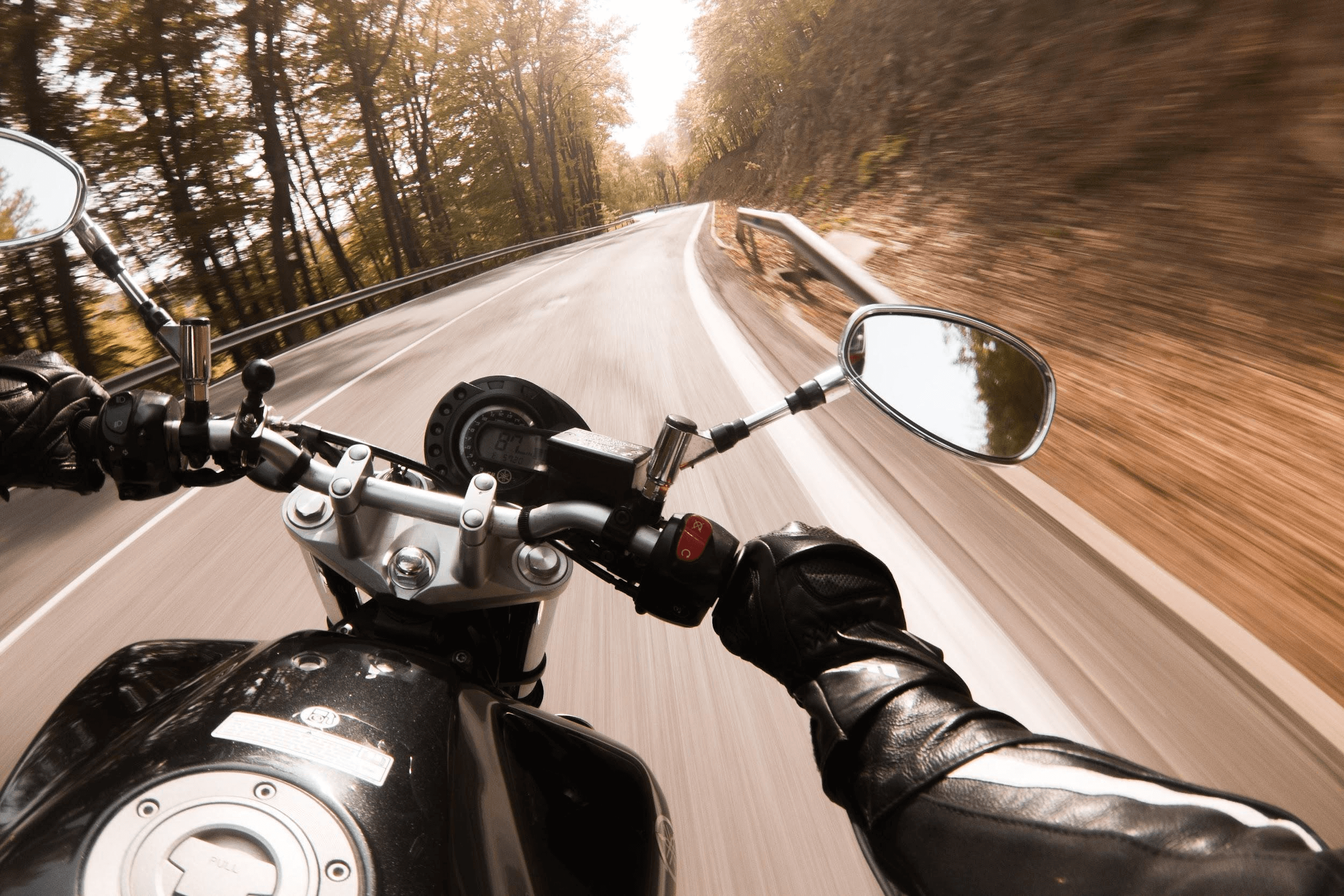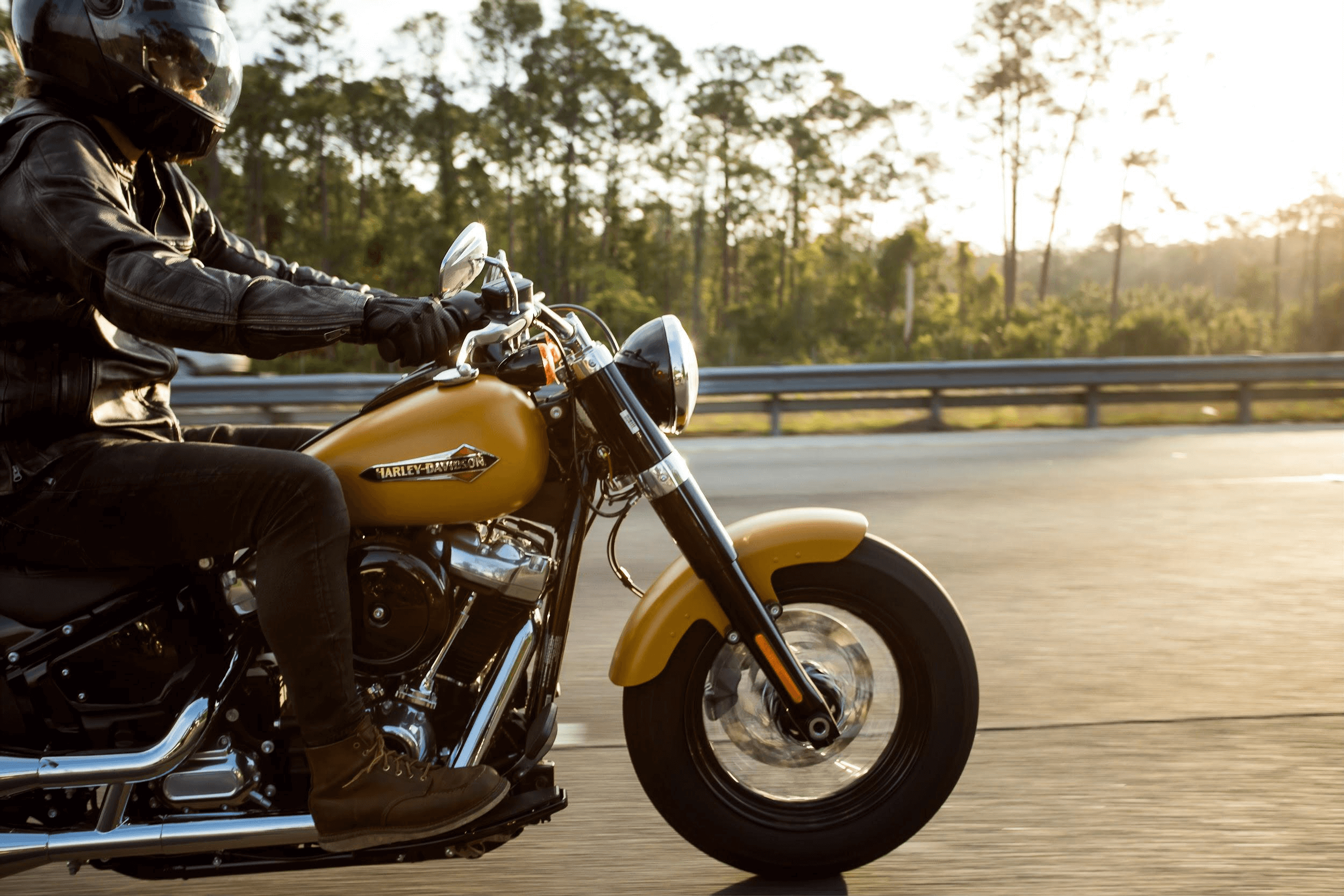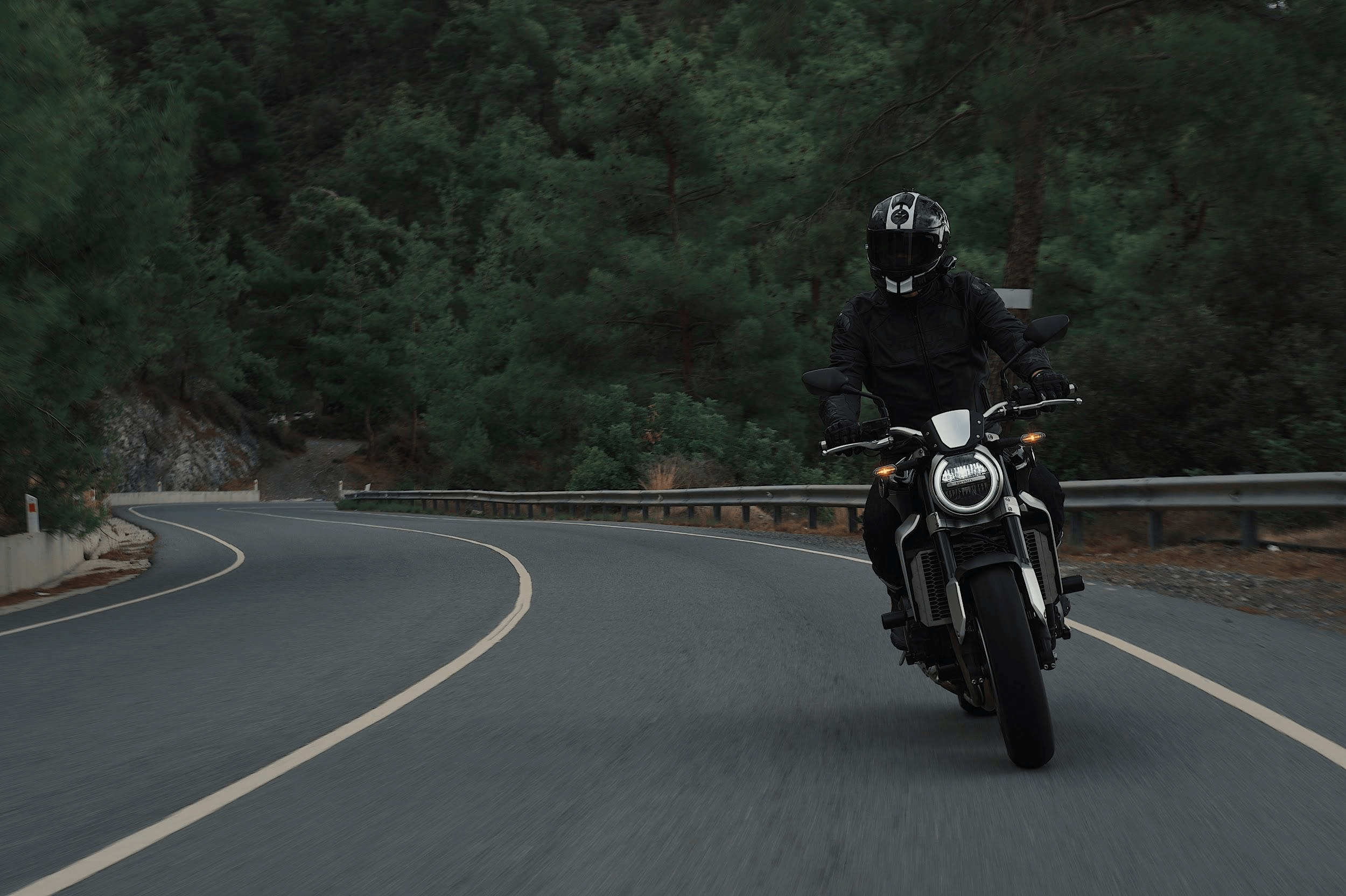Riding a motorcycle is a cool way to spend your time. The Taverner family has been providing our expertise in building custom machines and supplying parts to enthusiasts for five decades, so it’s important to us that dedicated riders can steer clear of accidents and enjoy their bikes.
We understand that success comes from staying safe and following some basic motorcycle safety tips.
For anyone buying a new or used motorcycle, read on to find out our top tips on how to protect yourself on a motorcycle.
Motorcycle Safety
It’s comforting to know that over the past decade, motorbike accident fatalities have reduced to 1,100 per year, down from 1300, according to government statistics.
So we know plenty of motorcyclists use safe practices to enjoy their machines.
Protect vulnerable road users
However, it’s also worth knowing that keeping safe on the road protects not only the motorcyclist but also other vulnerable road users, pedestrians and their passengers.
In the same government report, statistics show that out of those deaths, 17% were passengers, 13% pedestrians and 4% cyclists.
So as more and more riders are taking to the roads, safety must be a prime concern.
According to The Centre For Accident Research And Road Safety in Queensland, motorcycle registration has increased by over a third during the last five years.
But how do we keep this new army of motorcycle enthusiasts and those around them safe while on the road?
Responsible riders who understand the importance of protective gear are properly trained and make themselves visible to other road users.
Make sure you stay safe and follow our top tips for motorcycle safety.
Be properly trained
Anyone buying a bike, either new or used, should seriously think about motorcycle safety.
Riding a motorcycle requires not only skill but also great judgement. By taking a course, you can learn the rules of the road for motorcycles specifically and find out what to do in unpredictable riding situations.
Taking a motorcycle course will help you understand more about the importance of not putting yourself in danger and ensuring you don’t push your limits.
Riding a motorcycle requires skill and good judgement, and a safety course can help you practice these.
Moreover, even if you are trained to ride a motorbike, do not push your limits, and avoid putting yourself in situations you cannot handle.
Even if you have passed your motorcycle test and have had considerable experience and years of riding, dedicated courses can help you develop risk management strategies and increase your cognitive skills.

Wear Protective Gear
You and anyone else riding your motorbike should always wear motorcycle protective gear. This even applies if you take a short urban run or travel at low speeds.
In a nutshell, you should be fully protected from head to toe. You and your passengers should wear:
- A helmet that complies with Australian standards AS1698 or AS/NZS1698, or United Nations Economic Commission for Europe standard (UN ECE 22.05 or 22.06). There must also be a stitched label within the helmet, or a sticker outside that shows compliance. Visors should also comply with the standards AS 1609 or UNECE22.05 and be shatterproof and clear.
- All protective gear that has two or three lines of stitching, including one line of concealed stitches to protect against contact with the road surface.
- Jackets with impact protectors on shoulders and elbows.
- Long pants with impact protectors covering knees.
- Gloves with impact protectors covering both the wrists and knuckles along with layers of protective material covering the palm and webbing over little and ring fingers. They should also have secure fasteners inside the wrists to ensure they aren’t ripped off in the event of an accident.
- Leather boots should have velcro or zip fasteners and have protective toe covers. They should also overlap the pants to protect insteps, shins and ankles.
To help motorcycle riders and their pillion passengers in Australia, The Motorcycle Clothing Assessment Program (MotoCAP) launched a program that provides safety and comfort ratings for different types of clothing. Check it out to find out how your motorcycle protective gear stacks up.
Be Visible
As there are so many other vehicles on the road bigger than a motorcycle, and for that reason, it can be difficult for motorcyclists to be seen clearly.
One of the most common motorcycle accidents is when motorists fail to see a motorcyclist in a traffic situation. Sometimes they do not see a motorcyclist at all, and at others, it’s too late to avoid a collision when a motorist recognises a motorcyclist.
Here are a few of our best motorcycle safety tips to help you be seen
- Avoid motorist’s blind spots
- Always use turning and hand signals
- Wear reflective or bright clothing
- Use your headlights even during the daytime
- Stay in the most visible lane
- Add reflective stickers to your bike, which can help when travelling at night time

Ride Defensively
When a motorcyclist rides defensively, they are not only far safer, but it also has some bonuses too. It can help riders reduce the amount of fuel they use and also help to minimise wear on both tyres and brakes.
Riding defensively means you won’t be so surprised by the actions of other road users and will be able to plan and look ahead more safely by anticipating and observing. This helps you to keep safe in a much more controlled way.
Another way to stay safe is to make sure you don’t tailgate. This is a much too close position to keep you and your passengers safe and will not give you enough time to stop in an emergency or properly ride defensively.
In a Nutshell
At Taverner Motorsports, we understand that being seen and staying safe is crucial for motorcycle enthusiasts.
So, if you want to buy your first bike or upgrade, our experienced advisers can guide you through our flexible financing plans to help you get a great deal.
From the first application – all the way through to signing on the dotted line, we offer competitive financing plans and great rates on all of our inventory available for purchase.
We’re here to work with you and find the plan that fits your needs. Call us now to speak to one of our friendly and knowledgeable finance consultants.
